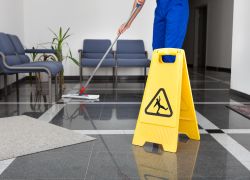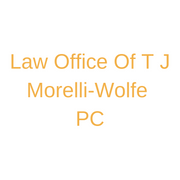
In a personal injury case, plaintiffs have a heavy workload. They need to prove that the defendant owed them a duty of care, failed to fulfill that duty, and effectively caused their injuries. However, there are two different forms of causation to consider: actual and proximate. If you’re hoping to learn more about this complex topic, take advantage of the guide below.
What Is Proximate Cause?
Proximate cause can be defined as an intentional or negligent action that results in damages, such as an injury, suffering, or property damage. Many people are confused about how this differs from actual cause, or “cause-in-fact.”
Actual cause refers to the more straightforward source of a person’s damages, such as the puddle of water on the ground that caused them to slip. However, since the puddle can’t be held legally liable, proximate cause comes into play.
This type of cause involves the foreseeable nature of an accident. If the store owner was notified about the puddle of water but decided to take a smoke break instead of cleaning it up, they could have foreseen the slip-and-fall would occur. As a result, they are the proximate cause of the personal injury.
How Is It Determined?
 The proximate cause isn’t always so tightly connected to the incident itself. In fact, it often sets off a chain of events that results in the injury. For example, if a customer swerves their shopping cart to avoid a neglected puddle and hits a child, the court may still consider the store owner responsible for the ultimate injury.
The proximate cause isn’t always so tightly connected to the incident itself. In fact, it often sets off a chain of events that results in the injury. For example, if a customer swerves their shopping cart to avoid a neglected puddle and hits a child, the court may still consider the store owner responsible for the ultimate injury.
In other cases, proximate cause can be hard to prove. In 1927, a passenger was waiting at the end of a platform on the Long Island Railroad when a man on the other end was sprinting to catch the train. As the railroad employees struggled to lift him on board, the man dropped his package of fireworks. This resulted in an explosion that tipped over some heavy scales, injuring the waiting passenger.
While she attempted to prove that the railroad employees were wrong for hurling the man aboard, the court ruled that they weren’t the proximate cause. They couldn’t have foreseen that the man’s fireworks would set off an explosion and injure someone at the other end of the platform.
A personal injury case can be complicated, but the Law Office of T.J. Morelli-Wolfe, PC, will help you navigate the process. Serving eastern Connecticut, he has over two decades of experience helping plaintiffs prove their injuries resulted from someone else’s negligence. Whether you were hurt in a car accident or at work, you can rely on his skills for adequate compensation. To learn more about his practice areas, visit the website, or call (860) 859-9899 to schedule a free consultation.
About the Business
Have a question? Ask the experts!
Send your question

